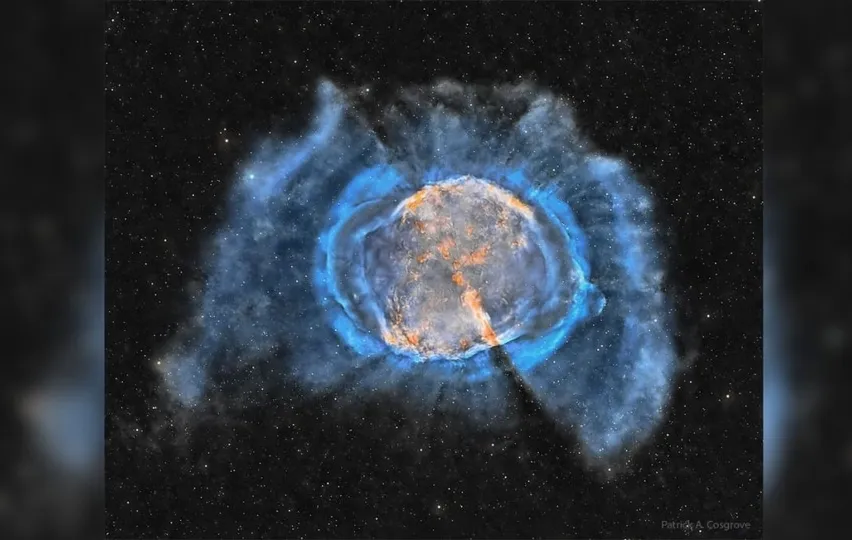NASA Astronomy Picture of the Day May 30, 2023: The Magnificent Dumbbell Nebula!
Over the past few months, we’ve seen a number of amazing but oddly shaped nebulae as part of NASA’s Astronomy Day image, which is released daily. Although most nebulae fall into only three types – spherical, elliptical and bipolar nebulae, some can be irregular in shape to resemble terrestrial objects. Some of the scarier forms include ear fog, heart and soul fog, and flying ghost fog. For the uninitiated, a nebula is a star-forming region located in interstellar space, which is the space between stars. It is composed of gases, mainly hydrogen and helium.
Today’s NASA astronomy image is the planetary nebula M27, also known as the Dumbbell Nebula, located about 1,360 light-years away in the constellation Volpicula. The Dumbbell Nebula was the 27th object and the first planetary nebula to be discovered and cataloged in 1764 by French astronomer Charles Messier, one of the most influential figures in the history of astronomy. According to NASA, the nebula is the result of an ancient star that shed its outer layers as a glowing color. With an apparent magnitude of 7.5, the nebula can easily be seen with a small telescope in September.
This amazing shot was taken by astrophotographer Patrick A. Cosgrove on an AP130 platform with a ZWO ASI2600MM-Pro camera.
NASA description of the image
Is this happening to our sun? Very likely. The first clue to the future of our sun was accidentally discovered in 1764. At that time, Charles Messier compiled a list of scattered objects that should not be confused with comets. The 27th object in Messier’s catalog, now known as M27 or the Dumbbell Nebula, is a planetary nebula, one of the brightest planetary nebulae in the sky, visible through binoculars toward the constellation Vulpicula. It takes about 1,000 years for light to reach M27, and is seen here as the color emitted by sulfur (red), hydrogen (green) and oxygen (blue).
We now know that in about 6 billion years our Sun will release its outer gases into a planetary nebula like M27, while its remaining center will become a hot X-ray white dwarf star. Understanding the physics and meaning of M27 surpassed 18th century science. Even today, many things remain mysterious about planetary nebulae, including how they formed their complex shapes.




